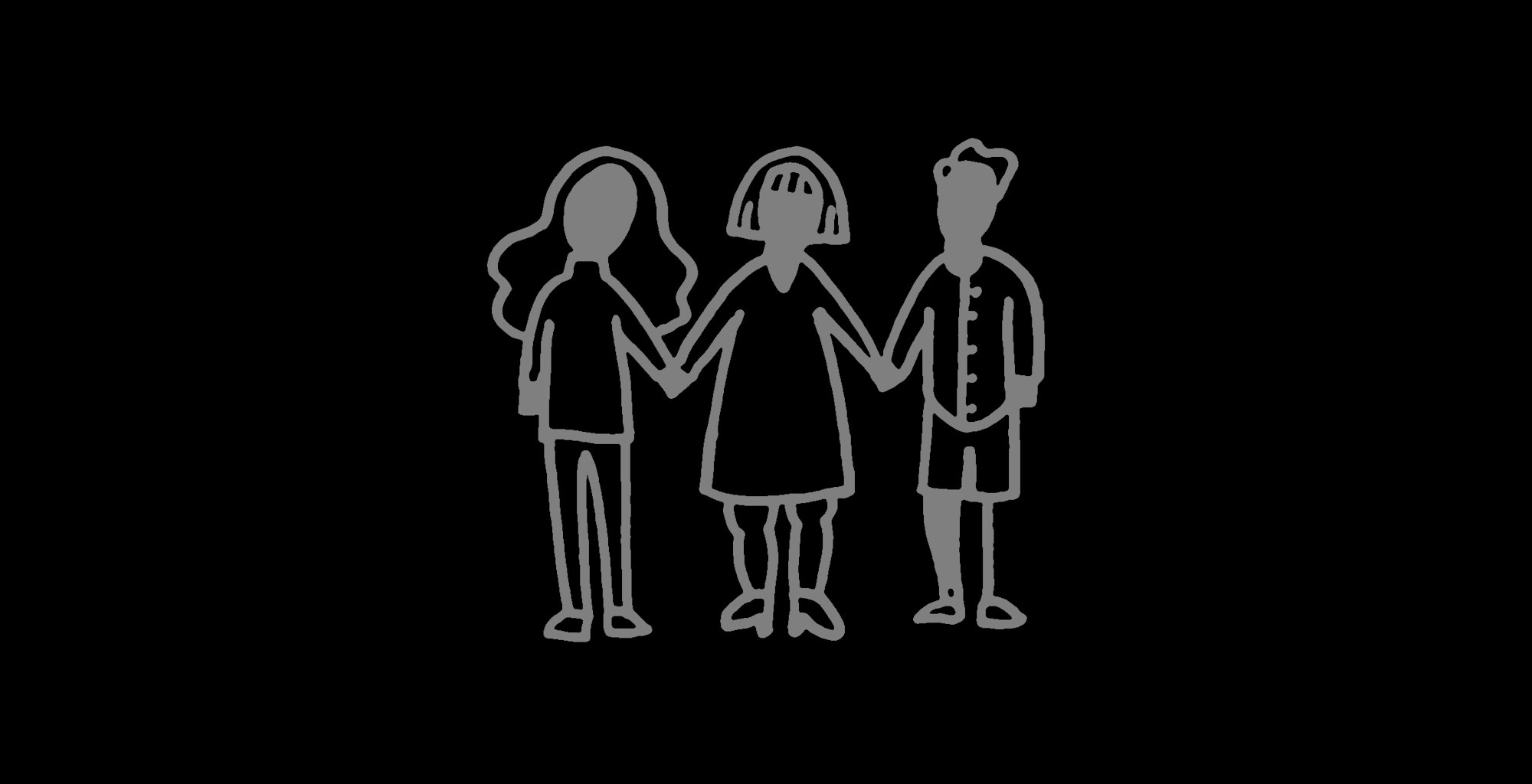Every business has a blind spot and sometimes it takes an outsider to point them out.
Often people ask what it means to be a service design consultant. To avoid a lengthy explanation of the origins of the profession, I usually describe it as “helping companies decide which direction to take and what to do next”.
This sometimes sparks a question: Shouldn’t companies know that without asking some outsider? Maybe, but there are also many reasons why the best thing to do is to ask an outsider to intervene in your day-to-day work life.
1. You want to be inspired
Well, this is obvious.
People that work with different companies and industries and follow the latest inventions can bring new fresh insights and alternative approaches. But inspiring insights can also come from bringing customer and employee perspectives to the table. In my experience, there are a surprising amount of business leaders that have never had an honest discussion with their customers or with the people working outside of the head office.
2. You need results by yesterday
Starting a new initiative or change inside an organization takes time (from your calendar). Only a few companies have dedicated teams for running new initiatives in-house. Often the people that drive these projects are brilliant people that also have other things on their plate.
Have you ever heard how things progress sooo slowly in an organization? This happens when your resources are scattered about for running a billion little tasks and nothing gets done.
With a consultant, you can decide when to have things ready and have a leap in development.
3. You need a neutral party to propose difficult decisions
Change is always difficult for an organization, even if the change is for the better. Someone does not get their way, things get prioritized, or the atmosphere is already so tangled that you can’t even get people to the same meeting room.
In these situations it helps that an unbiased outsider is doing the work, talking with people and proposing the solutions. This way it is easier to talk about the matters at hand, not what caused it or whose fault something was.
Service designers are good at untangling things and making decision-making understandable for all.
4. You need someone to dig out the real problem
You’ve done everything in your power, but the results don’t match your expectations. When working at the same company for a longer time, it’s easy to develop blind spots. Also, if issues continually revolve around the same topics, it’s possible that you stop seeing which problems are actually business-critical problems and which aren’t.
You need someone to take a holistic view of the matter and point out the issues you’re missing. It might be that your activities are not aligned with your goals, or there are invisible hiccups in the value chain that can be found only by keeping an open mind and asking a lot of WHY questions.
Remember! Not all secrets are shared with the boss. When I hear someone lower their voice in an interview and say “Don’t tell anyone, but…” I know I’m about to discover some of the critical issues in the organization.
5. You are not able to hire the best people, or you need only part-time help
So you’re not the sexiest company in town. It’s ok. Or at least that’s the reality.
Some professionals are in high demand, and they do not fill out applications but get headhunted and presented the most alluring offers.
Sometimes you need to take a consultant to keep the ball rolling and make you into a company that everyone wants to work in.
6. You need to do budgeting for next year
Your boss put some abstract and monstrous Must-Win-Battle or Strategic Project to your list of responsibilities. Like Customer Experience Leader, Best Digital Dialogue, Connected Mumbo Jumbo, Datalicious Business. And you should define how much you need money for it next year and convince the board about how that investment will pay off in no time.
What you need is someone to turn those abstract terms into concrete activities that have a clear goal, intended impact and tell you what those activities demand from the organization.
7. You need a vision and common direction
Maybe your company, like many others, has a lot of ideas and your team is eagerly starting new initiatives. But you’re wondering “where is all this going to take us”.
Creating a vision helps in understanding which development activities take you towards your vision and which don’t. With this understanding, you can align resources accordingly. You might need a vision for a product, service, business unit, segment, company or industry.
In a simple case, a consultant can gather ideas, define goals together with the team, and the vision almost magically appears – everyone agrees that this is what they want. In another case, an outside expert can take a look at the ideas and thoughts as a whole, reflect changes in customer behavior and market trends, and identify where you could get savings and where you could get new income.
Rather than just sticking to the ideas, it is essential to understand what will make the company succeed in the coming 5, 10 or 20 years’ time. If the current business is in danger of disappearing, it might be that none of the development ideas that rise from the current state are valid – and you’ll need a service designer to help you move forward from there, too.
Want to work as a service designer? Check our open positions.
